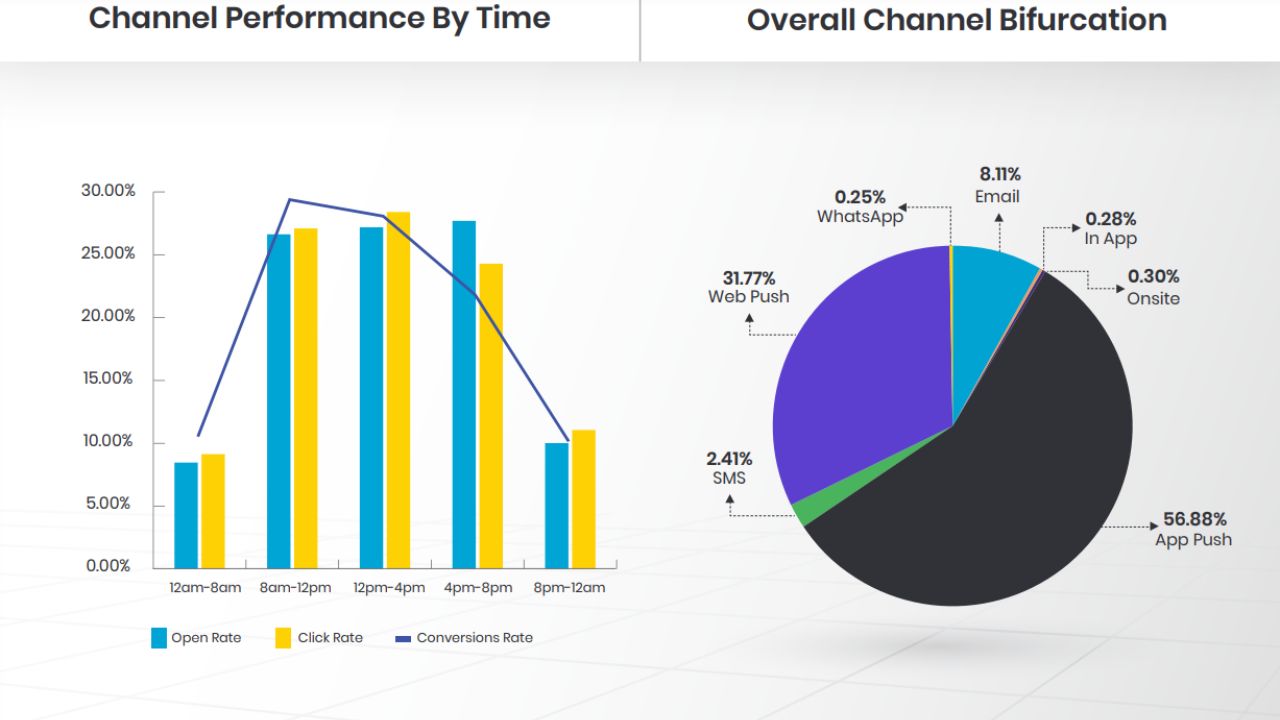It would not be fair to start talking about upcoming trends without a small glimpse into the current macroeconomic scenario. We are standing amidst very unique times. The windfall due to the pandemic is now behind us. Businesses aren’t growing as impressively as before and economic uncertainty looms over us, demanding a fresh perspective and lots of grit.
In these less than favourable times, it is imperative that we shift our focus from draining our marketing budgets somewhat indiscriminately on customer acquisition and instead invest our efforts in better understanding how to optimise returns from our current user base. To that end, it is customer retention that holds the key to unlocking business growth in 2023.
While user retention is a common aspiration for most businesses today, without a thorough understanding of the nuances, effective customer retention strategies are tough to implement. Here’s taking a stab at the various factors that will shape the ecosystem in my opinion.
Root decisions in data to build your customer retention strategies
Acquiring a new customer can be 5 to 25 times more expensive than retaining an existing one. While every business aspires to achieve customer retention, they should first ask what is their “Right To Win” and the ‘Why’ behind demanding a customer’s loyalty. Assuming the answer is obtained on that one, the next step is to deep dive into what the data really says.
To make the data make sense, businesses must adopt the latest technologies that address data silos and help organisations get a unified view of the consumer. Only once you have complete confidence in the data you are looking at, it becomes much more meaningful to draw insights and build strong objective action items.
Retention marketing, like most other business functions, combines data and technology. It uses it to construct hyper-personalised experiences through the right channels at the right time. Which brings us to our next crucial point.
Mastering the art of timing
The customer journey is far from linear; it twists and turns before leading to the coveted “buy” button. It is within these micro-moments that you must be present to make your customers feel understood and heard.
Your user engagement depends on identifying the optimal time frames for success, which vary across business segments and geographies. Our State of Retention Marketing report, which includes 1000+ brands across 8+ industries, found that for India and the APAC region, each channel has a unique peak time across the day.
Take a look at the below table, it is quite interesting to note that people convert more on emails and SMSs during the middle of the day when they are perhaps busy, and their email is open, or they anticipate an important SMS coming through. While their propensity to engage with WA increases towards the end of the day. You know we all do it, some tea, a small break, and scrolling down the WA wormhole. Taking advantage of this kind of information is what sets a great marketer apart from a good one. This is the kind of granular data that needs to be at the forefront of decision making.
 Harnessing the power of tech innovations
Harnessing the power of tech innovations
As we venture into 2023 and beyond, technological innovations will drive retention marketing strategies to new heights. Notably, CMOs are increasing their martech spending to embrace these advancements. Conversational AI, predictive analytics, and augmented reality are some technologies that will revolutionise customer retention efforts.
Conversational AI will play a pivotal role in various business strategies, including retention marketing. AI-powered chatbots, thanks to their open API architectures, can access customer data across the martech stack, enhancing the overall customer experience and enabling personalization. Integrating chatbots into omnichannel marketing campaigns using machine learning will tap into the ever-evolving customer expectations, resulting in cost-effective hyper-personalised experiences.
Predictive analytics and augmented reality are other technologies that may fuel retention marketing. Predictive analytics grants access to vast repositories of data, facilitating a better understanding of customer behaviour and enabling more effective campaigns. Augmented reality provides immersive product experiences that captivate customers, leading to increased sales and retention.
Unleashing the potential of contextual messaging
In a world where generic messages no longer satisfy discerning, tech-savvy audiences, customization based on user demographics, preferences, behaviours, and specific buyer journey stages becomes crucial.
Our report demonstrates the power of contextual communication. With contextual messaging, SMS campaigns witness a 2.7 times increase in conversion rates, WhatsApp experiences a 3.8 times surge, and app push notifications exhibit a substantial 7.4 times rise. However, web push notifications shine with an astonishing 57.5 times growth in conversion rates.
As we approach a cookieless future, contextual targeting through AI becomes vital. With Google Chrome phasing out third-party cookies by Q3 2024, the reliance on AI and deep learning to predict customer preferences and engagement patterns will grow.
AI-powered chatbots, like those on Facebook Messenger and WhatsApp, automate payments and facilitate conversation-driven cross-selling and upselling, enhancing brand retention.
The mounting anxiety over data collection in a cookieless future will prioritise the collection of first and zero-party data through feedback, loyalty programs, surveys, SMS opt-ins, email subscribers, referrals, and more. Having a single source of truth for data, along with AI and deep learning, will provide real-time insights and enable data-driven decisions.
Customising communication strategies based on industry-specific demands
Each industry has unique customer preferences thus winning communication channels are also unique . Here’s another interesting nugget of information our report found. It inferred that B2B companies, healthcare, edtech and BFSI customers favor communication through WhatsApp, while e-commerce and media and entertainment clients lean towards web personalization. For gaming companies, SMS remains the preferred mode of communication.
Investing in loyalty programs
Lastly, loyalty programs are gaining more significance than ever before in a soon-to-be cookieless world, where 85 percent of high-income customers (annual income over $120,000) actively pay to avoid advertising.
Gartner predicts that by 2027, one in three businesses without loyalty programs will establish one to collect customer data and retain valuable buyers.
However, only 36 percent of companies we surveyed had loyalty programs in place in 2022, indicating a significant opportunity for brands to capitalise on this trend. Effective loyalty programs lead to higher open rates, increased customer retention, and personalised connections that nurture long-term relationships and drive business growth.
It is time that businesses prioritise customer retention as a key growth driver and not just the way to go when the going gets tough. Retention focussed organisations are those stallions that run the farthest and survive the longest. They endure and thrive no matter how tough the terrain.
Avlesh Singh is the co-founder and chief executive officer of WebEngage, a full-stack customer engagement and retention platform.
